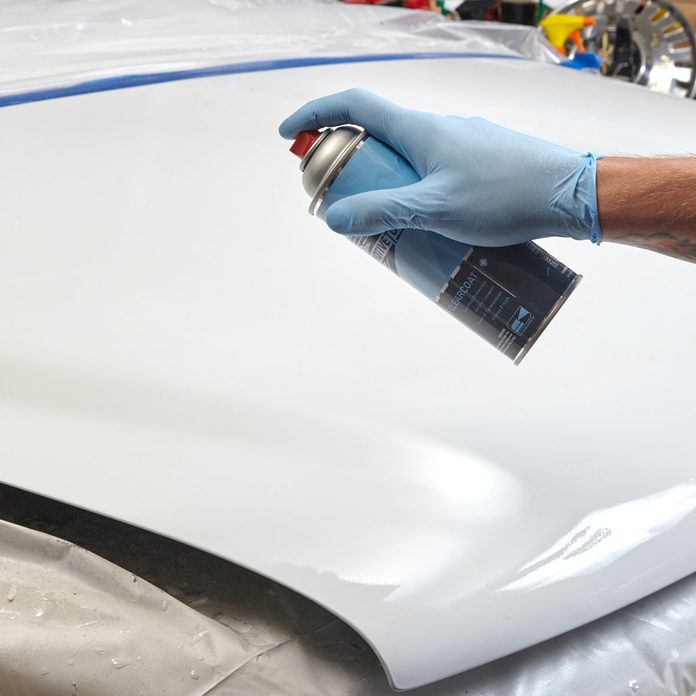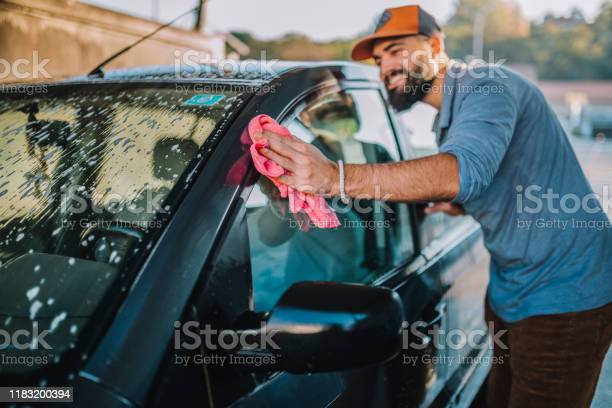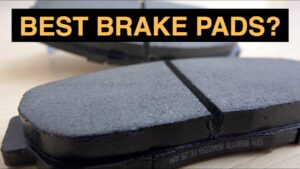Minor dents, scratches and rust spots are usually observed in our cars. Although it’s ok to ignore them to a certain level, most often, treatment is mandatory. Ignorance may sometimes lead to severe issues which require a significant expense for repairs. Rust is more or less inevitable for any car on a long run lifeline. New cars are less prone to rust due to their increased resistance which developed because of the polymers used in vehicles nowadays. Despite all the advantages, you cannot outrun rust forever. Thus, our article guides you on how to fix tiny rust spots on the car. Hence making it easier for you to deal with the issue.
Table of Contents
What Causes Rust?
Rust is caused when the metal that contains iron in your car is exposed to moisture and begins to oxidize. Iron is generally the main constituent of steel, and the car’s frame is made mainly of steel. We can also notice that various other parts too are made of steel which reacts readily with oxygen. The reaction of iron present in the steel with the oxygen causes rusting of multiple car parts. Also, the moisture speeds up the rusting process.
The reaction of iron present in the steel with the oxygen causes rusting of multiple car parts. Also, the moisture speeds up the rusting process.
As we cannot keep our car away from moisture, so rusting is often seen in vehicles. Rusting is usually an unavoidable concern for all drivers because, if not corrected, it may lead to severe damage. There are several ways to prevent and fix the problem of rusting. Let’s take a look over some of the ways to improve tiny spots on the car.
How To Fix Tiny Rust Spots On Car?
There are various ways to deal with dust prone areas in the car. You can lower the chances of rust and rust spots by applying paint protection film on the vehicle. Rust repair is generally not complex; it is time-consuming.
Although time-consuming, it has excellent results. So, you need to go through the following steps while dealing with the areas having the risk of rust.
Step 1: Mask Of The Repair Area
 First of all, assess the situation and inspect the condition of the area where there is rust. If you are performing it for the first time, it will take a long time. But don’t panic or hurry as it is just average.
First of all, assess the situation and inspect the condition of the area where there is rust. If you are performing it for the first time, it will take a long time. But don’t panic or hurry as it is just average.
Next, protect the vehicle from paint overspray with poly sheeting. The masking of the car must perform so that you have a space to blend the touch-up paint into suitable areas.
Step 2: Remove The Rust
 Before removing the rust, removal of the paint is necessary. If there are any blister paints, then remove them using the scraper. Next, use sandpaper for sanding through the rust spots. Also, enlarge the ground area, which provides a vast space to feature the edges.
Before removing the rust, removal of the paint is necessary. If there are any blister paints, then remove them using the scraper. Next, use sandpaper for sanding through the rust spots. Also, enlarge the ground area, which provides a vast space to feature the edges.
After completing the feature using the 220 grit sandpaper, remove the particles from the unmasked area with the tack rag. While removing the rust, if you face pits in the metal, the body filler fills them. You can also use multiple coats of primer to deal with the issue.
Step 3: Clean With The Detergent

Now, clean the entire unmasked area near it with the detergent. We can use the grease-cutting dishwashing detergent here, and after that, rinse the area with water properly. Allow the portion to dry and later use a cloth piece ( usually lint-free ) to remove the remaining dust.
At last, apply a paint manufacturer’s prep solvent.
Step 4: Prime The Surface
After covering the surface with the paint, use the prime to have better and good results. Generally, epoxy primer is used, followed by filler primer. The spraying of the filler primer in heavy coats is mandatory for covering the entire area.
Spray the coat two to three times and wait for at least fifteen to twenty minutes to dry the surface. Sand the epoxy primer for the well-levelled surface. At last, wash the surface the clear water and allow it to dry.
Step 5: Sand The Primer
Usually, after applying the primer, it is better to sand the primer. We can use sand drips and sags with 320-grip sandpaper for this purpose. Then final-sand the entire repair area, smooth the primer and feature the edges and the blended areas.
Step 6: Spray The Base Coat
Don’t forget to ally the coloured base coat as this would help to protect the surface more effectively and give double resistance. Start the procedure from the bottom of the repair and apply it evenly over the rest of the surfaces. All this requires two to three coats and about twenty minutes to dry the area completely.
Please don’t try to sand the base coat until it is completely dried, and this requires about sixty minutes. If you still use sandpaper, then rub it lightly and respray the touched up areas.
Step 7: Spray-On The Clear Coat
Apply several coats of clear coat and allow it to dry. It must spread uniformly to provide a smooth surface over the rusted portion. It is one of the challenging portions of the job because all the clear coats run efficiently, which would ruin the paint’s look.
Let it dry for approximately 48 hours before fixing it with the fine-grit sandpaper and polishing compound. At last, waxing should also be performed and don’t use a polishing machine for this purpose.
How Much Does Rust Repair Cost?
Rust repair can cost as low as $20 to as high as $2000; all depends on the condition and extent of rusting. The charges of labour in such cases also vary depending on the damage and approximate range between $60 to $200. The rust repair needs to be treated as soon as possible to prevent severe and long-lasting injuries.
Frequently Asked Questions:
So, here are some of the frequently asked questions about how much does it cost to fix a small rust spot on a car, and why does my car have tiny rust spots?-
How Much Does It Cost To Fix A Small Rust Spot On A Car?
For Replacing a small rust spot on a car, costs around $100 and moves upwards.
Why Does My Car Have Tiny Rust Spots?
These tiny rust spots are called rail head dust , they are a result of train car wheels running across railroad tracks. These are called metal shavings. These metal shavings land on your car’s paint finish and the result is the brown spots you see on your paint.
Does Wd40 Help With Rust?
WD-40 can help substitute rust from metals like iron, stainless steel etc without any damage to the surface of the metal . The Multi-Use Product is good for removing excessive surface rust.
Can I Put Touch-Up Paint Over Rust?
Yes ,Sand out the rust with a sanding pen. Then apply a touch of paint to the area. Build the layers of touch up paint up until they are above the original paint and then flush with the original paint to achieve the best results.
Can You Stop Rust Once It Starts?
Yes, you can stop rust once it starts by painting which can stop rust. Cars, knives, etc, these tools are all coated with paint to inhibit rust. Painting over rust requires a little more thought.
Will Clay Bar Remove Rust Spots?
Yes, you should take a piece off and mould it into a flat shape which can result in bodywork. Then pass the clay bar on rust spots by rubbing with small and very fast movements.
Conclusion
I hope all the readers found a satisfying answer to their problem. Now, we expect that you know how to fix tiny rust spots on your car.
If your doubts persist, freely comment below in the comment section. And we’ll try our best to answer each of the questions as soon as possible.



